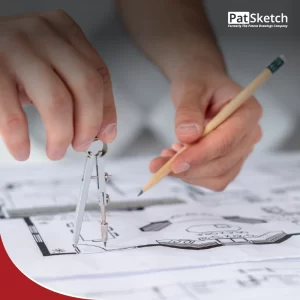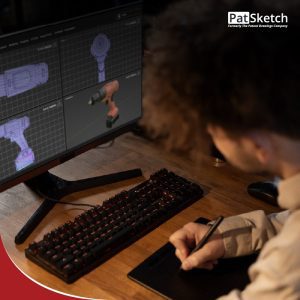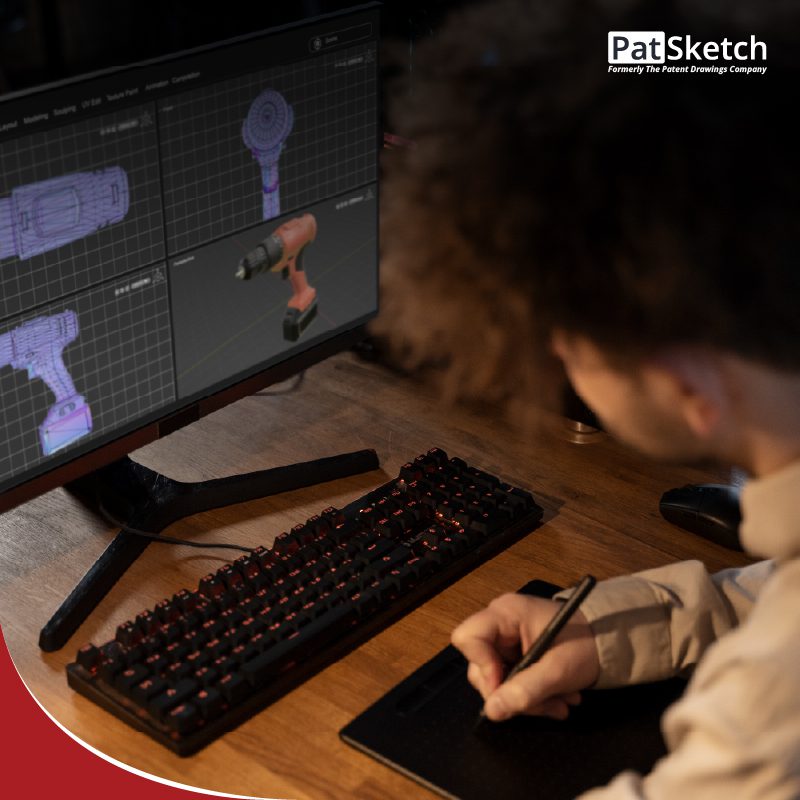When it comes to applying for a patent, one of the most important elements of your application is the CIPO drawings. These drawings are used to illustrate your invention and help the patent examiner understand how it works. Creating professional-quality CIPO drawings is essential to ensuring that your patent application is taken seriously and approved. In this article, we’ll discuss how to create professional CIPO drawings for your patent application.
Understanding CIPO Drawing Requirements
Before you start creating your CIPO drawings, it’s important to understand the requirements set forth by the Canadian Intellectual Property Office (CIPO). CIPO has specific requirements for the formatting, size, and resolution of drawings, as well as what types of drawings are accepted and which are not. Familiarizing yourself with these requirements will help you avoid common mistakes and ensure that your drawings are accepted by CIPO.
Creating CIPO Drawings: Tips and Techniques
Once you understand the requirements for CIPO drawings, you can start creating your drawings. There are several tips and techniques you can use to create high-quality CIPO drawings:
- Use line drawings: CIPO requires that drawings be in black and white and that all lines be clear and crisp. Using line drawings can help ensure that your drawings meet these requirements.
- Use shading: If you need to add depth or dimension to your drawings, consider using shading to add contrast and texture. Be sure to use shading sparingly and avoid using it in a way that could be confusing or misleading.
- Use software tools: Many software tools are available that can help you create professional-quality CIPO drawings. Adobe Illustrator and AutoCAD are popular options, but there are many others available as well.
Creating CIPO Drawings: Tools and Software
When it comes to choosing the right software for creating CIPO drawings, there are several factors to consider. Some popular software options include:
- Adobe Illustrator: This is a popular vector graphics editor that is widely used in the design industry. It’s known for its ease of use and versatility.
- AutoCAD: This is a software tool that is commonly used by engineers and architects for drafting and designing. It’s known for its precision and accuracy.
- CorelDRAW: This is another popular vector graphics editor that is known for its powerful features and ease of use.
Reviewing and Finalizing CIPO Drawings
Once you have created your CIPO drawings, it’s important to review them carefully to ensure that they meet all CIPO requirements and accurately represent your invention. It’s a good idea to have a professional review your drawings as well, to catch any mistakes or oversights that you may have missed.
Conclusion
Creating professional-quality CIPO drawings is an essential part of the patent application process. By understanding CIPO drawing requirements, using best practices for creating drawings, and choosing the right software tools, you can create high-quality CIPO drawings that accurately represent your invention and help ensure that your patent application is approved. Remember to take your time, review your drawings carefully, and seek professional assistance when necessary.








